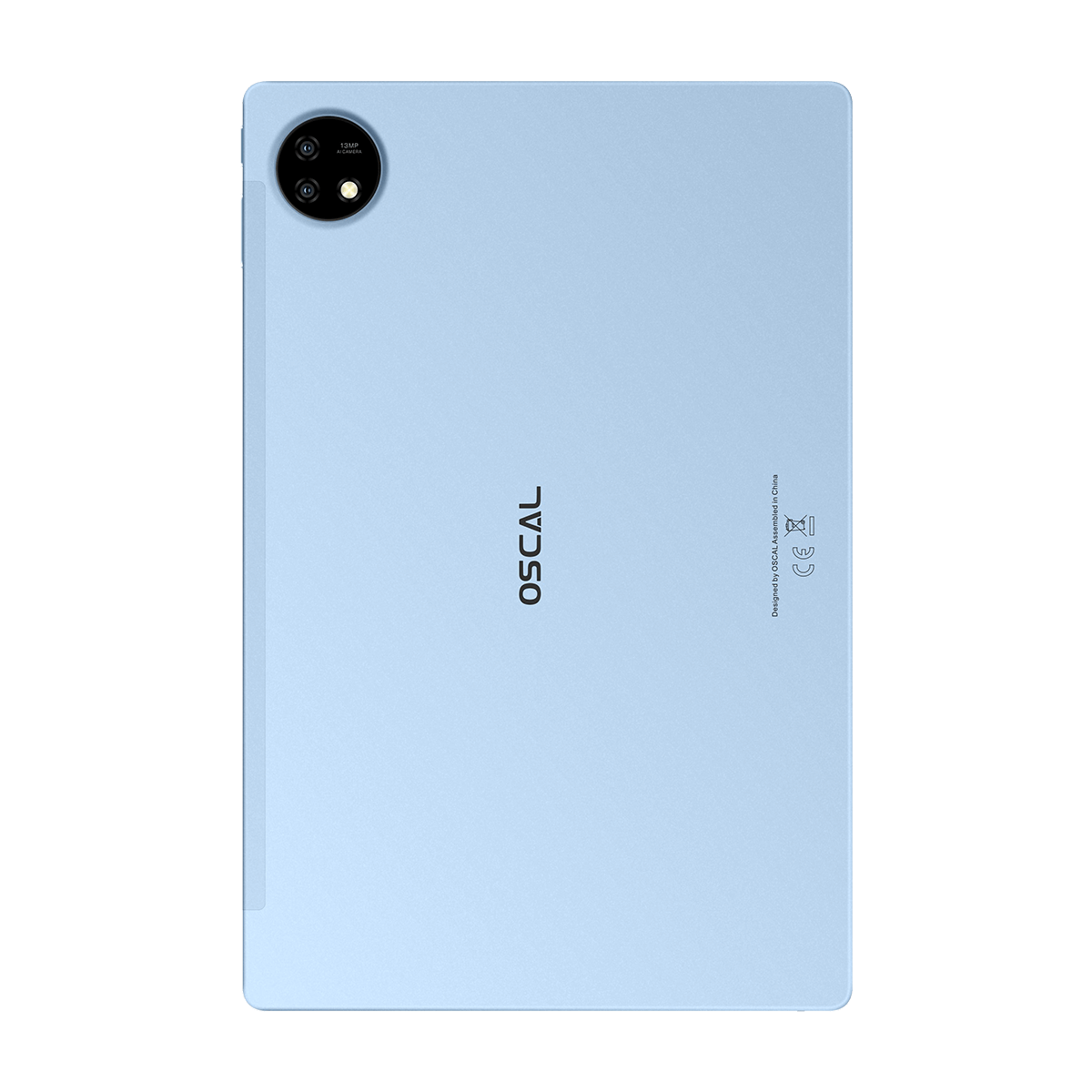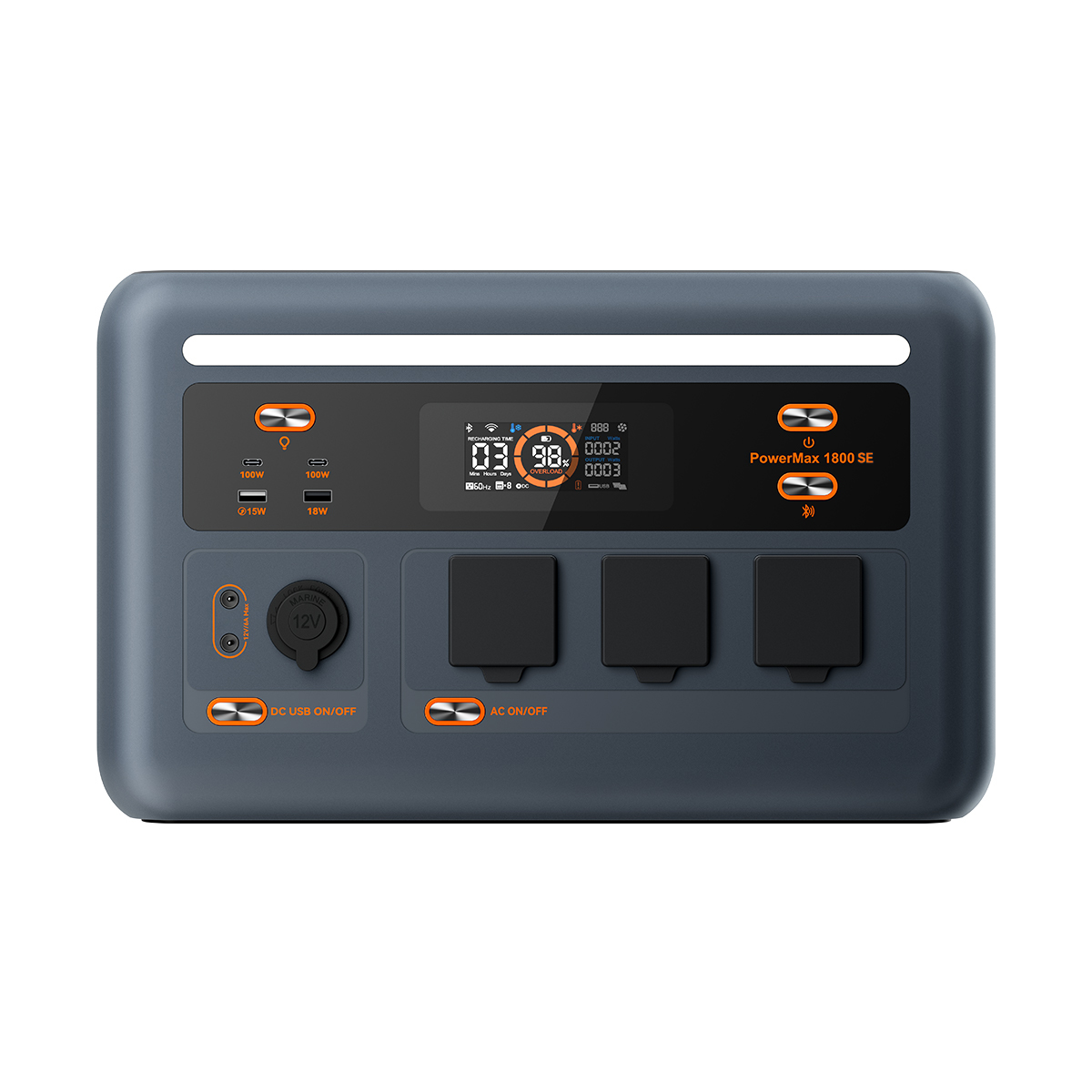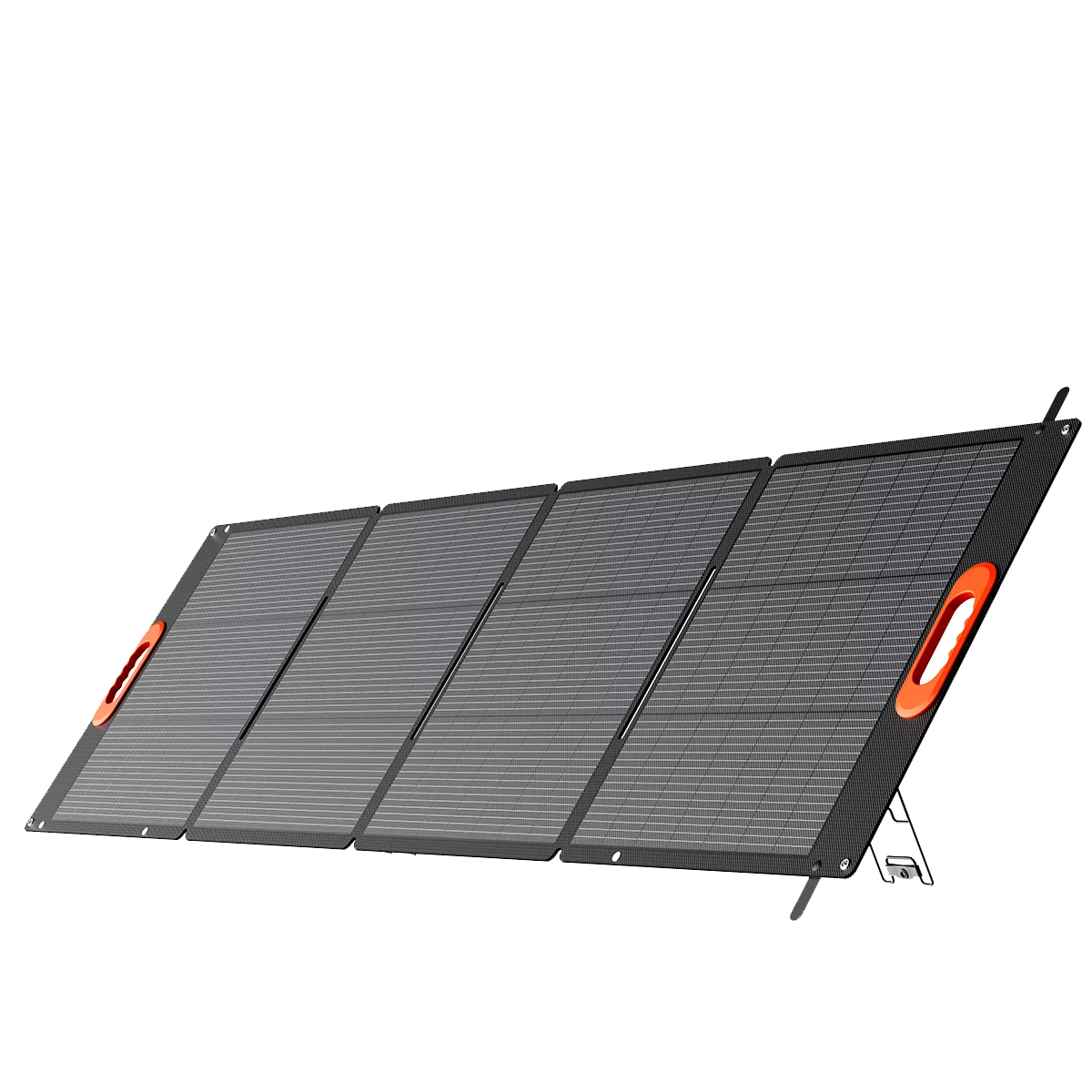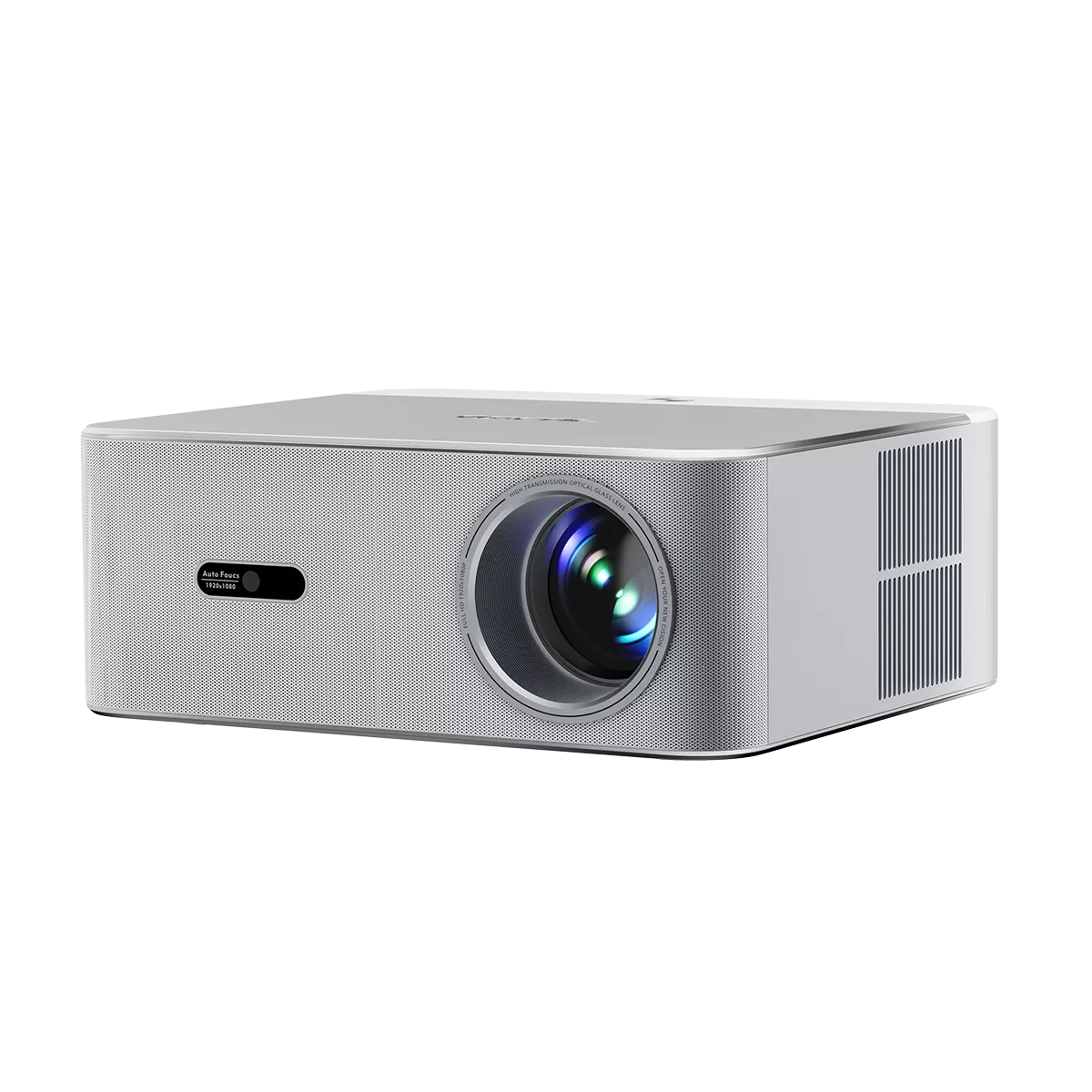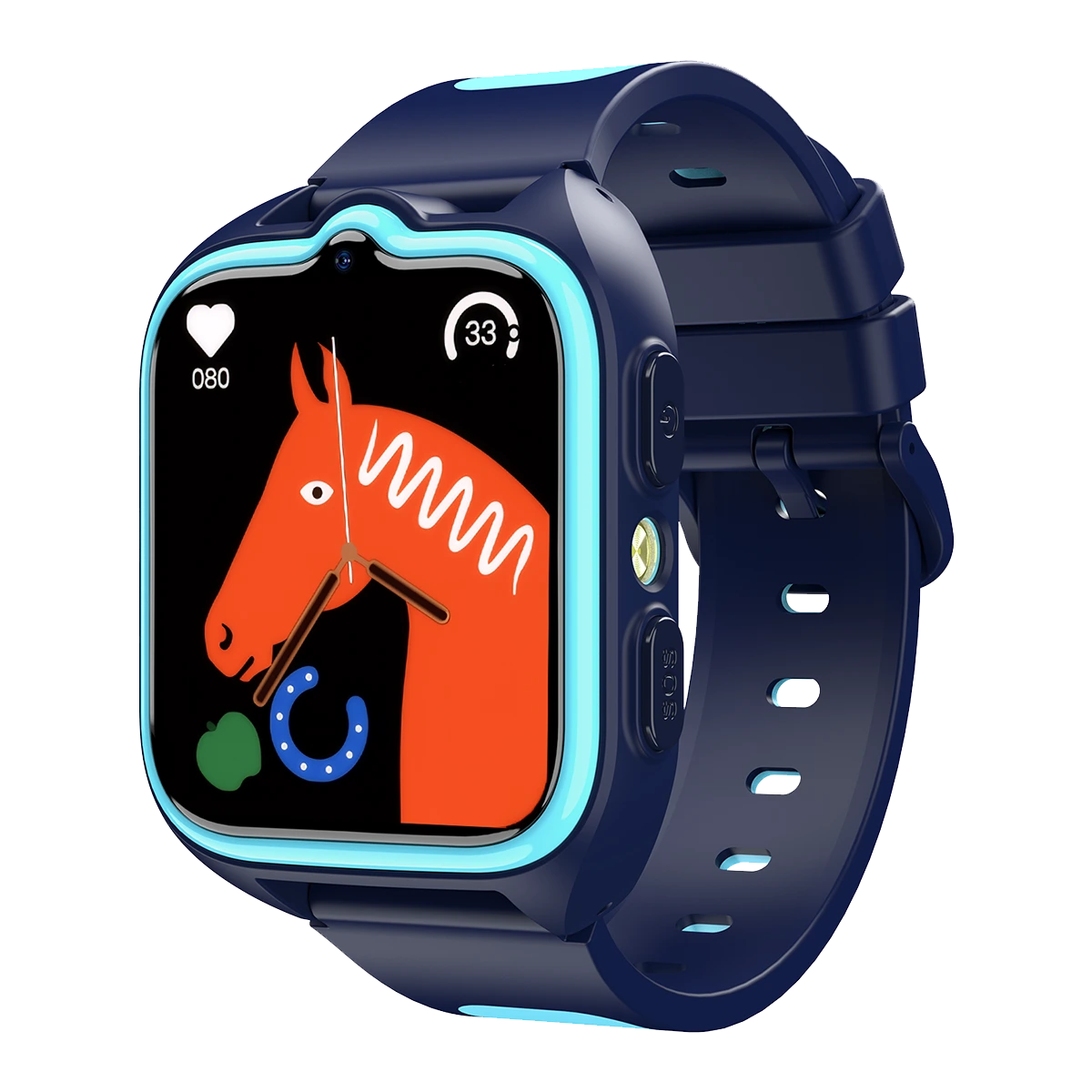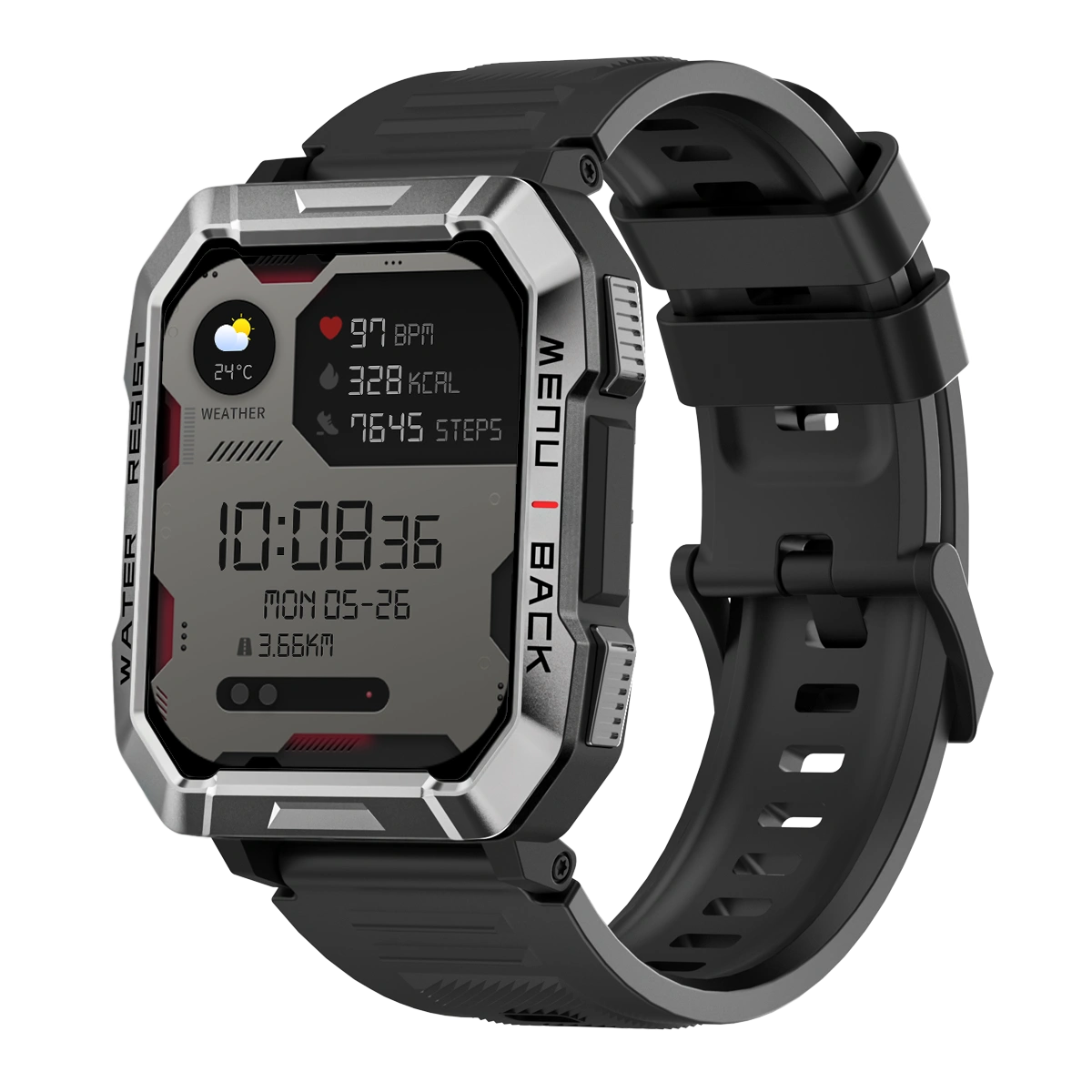Welcome to OSCAL (Well-known brand of Android smartwatch, rugged smartphone, tablet, and portable power station) blog. Hope this guide has been helpful.
Like smartwatch won't charge, your smartwatch staying dark can be unsettling—especially when it’s your daily navigator for notifications, workouts, and payments. Before assuming the worst, remember that most “won’t turn on” issues are caused by simple, fixable problems like a depleted battery, a finicky charger, or a software hang. In this guide, you’ll systematically diagnose the root cause and apply targeted fixes, progressing from quick checks to deeper resets and, if needed, hardware considerations.

We’ll start by analyzing the most common reasons a smartwatch fails to power up. Understanding the “why” helps you pick the right solution and avoid risky steps that might cause data loss or void warranties. Then you’ll walk through a clear, practical repair sequence—designed to be brand-agnostic, yet adaptable to Apple Watch, Wear OS, Garmin, Fitbit, and other major platforms.
Throughout, prioritize non-destructive actions first (battery and charger checks) before moving to resets or firmware recovery. If you suspect physical or liquid damage, treat the watch like a delicate device: power down attempts, avoid heat, and jump straight to the hardware-safe sections or professional service.
Why a smartwatch might not turn on
Several failure modes can leave a smartwatch unresponsive. Pinpointing which bucket your issue belongs to will save time and reduce risk:
- Battery depletion or deep discharge: If the battery is fully drained or has entered a protective deep-discharge state, the watch may show a blank screen for minutes even after connecting to power.
- Charger, cable, or dock issues: Misaligned pogo pins, debris on contacts, fatigued cables, or an underpowered USB port can prevent charging.
- Power adapter or outlet problems: Low-quality adapters and certain USB hubs don’t deliver stable current. Some laptops throttle USB power in sleep.
- Software crash or firmware corruption: A stuck process or incomplete update can leave the watch unbootable until a force-restart, safe-boot, or reflash.
- Display failures or dim state: The watch might actually be on, but a dead display, extreme brightness settings, or Always-On disabled can mislead you.
- Thermal or moisture protection: Overheating or recent water exposure can trip safeguards, suspending normal operation until conditions normalize.
- Damaged buttons or crown: A jammed or unresponsive power button prevents normal startup or restart sequences. Related guide: How to turn on a smartwatch without power button?
- Aging battery or hardware failure: Old cells lose capacity and voltage stability; worn connectors or internal damage can also block startup.
Pre-flight checks: safe, quick, and non-destructive
Start with the simplest tests to rule out environmental or accessory problems before touching software.
- Clean and align: Wipe charging contacts on the watch and dock with a lint-free cloth lightly dampened with isopropyl alcohol. Ensure the watch sits flush and magnetically aligned.
- Try another power source: Use a known-good wall adapter (5V/1A or the manufacturer’s spec) plugged directly into a wall outlet. Avoid computer USB ports, hubs, or low-power adapters during diagnosis.
- Swap the cable/dock: If you have a spare or can borrow one, test it. Physical fatigue in cables is common and invisible.
- Look for signs of life: After 5–10 minutes on a reliable charger, check for heat on the back of the watch, a charging chime, vibration, or a faint charging icon when pressing the side button briefly.
- Control the environment: Let an overheated or very cold watch rest at room temperature for 20 minutes before charging attempts.
Revive a deeply discharged battery
If the battery is extremely low, the watch may remain blank for a while. Patience and stable power are key.
- Continuous charge: Leave the watch on a certified charger connected to a wall outlet for at least 30–60 minutes without interruptions.
- Avoid repeated wake attempts: Don’t press buttons repeatedly; it can loop minor boot attempts and slow recovery.
- Check cable temperature: Warm is normal; hot is not. If it overheats, stop and try a different adapter/cable.
- After 60 minutes: Attempt a normal power-on with a short press of the side button or crown.
Force-restart to clear a software hang
When the OS is stuck, a force-restart is often the fastest fix. The exact gesture varies by brand, but the principle is the same: hold hardware controls long enough to cut power and trigger a cold boot.
- Common method: Press and hold the primary side button (or side button + crown on some models) for 10–20 seconds until a logo appears or haptic feedback is felt.
- If there’s no response: Put it on a stable charger and try the force-restart while powered for another 10–20 seconds.
- Repeat once: If the first attempt fails, try a second time after a 2–3 minute rest on the charger. Avoid rapid, repeated cycles.
Rule out a display-only problem
It’s possible the watch is on, but you can’t see it.
- Wake cues: Raise-to-wake, tap, or press the side button quickly. Listen for notification tones or feel for vibration.
- Use the companion app: Open the phone companion app. If the watch appears connected or shows battery status, the device may be running with a screen fault.
- Flashlight test: In a dark room, shine a light at an angle—very faint UI elements can reveal a backlight or OLED issue.
- If display-only: Back up via the phone app if possible and consider warranty service or a professional screen replacement.
Firmware recovery and safe reset paths
If charging works and a force-restart doesn’t help, software may be corrupted. Use the least-destructive options first.
- Check the phone app: Many watches allow initiating a reboot, sync, or update from the companion app if the device is semi-responsive over Bluetooth or Wi-Fi.
- Install pending updates: If the watch can enter a basic mode, apply firmware updates while on the charger. Interrupting updates can brick devices—ensure stable power and connectivity.
- Soft reset: Some platforms offer a “Restart” or “Power Off & On” option in Settings without erasing data.
- Unpair/repair (non-destructive where supported): Certain ecosystems allow you to unpair and re-pair while preserving a recent backup. Confirm your photos, tiles, and health data are synced first.
- Factory reset (last resort): Use only after backups are confirmed. On many watches you can trigger this from a recovery menu (accessed with a button combo while charging). This wipes the device but often fixes stubborn boot loops.
Charging hardware gotchas (that masquerade as “dead”)
Even minor contact or alignment issues can block power delivery. Double-check the physical setup.
- Magnet polarity and pin contact: Ensure the dock snaps into place firmly. If magnets feel weak or misaligned, gently rotate the watch 180 degrees to test contact.
- Debris and corrosion: Sweat salts and skin oils build up. Clean both sides. Green/white residue suggests corrosion—clean meticulously and let dry before charging.
- Adapter quality: Prefer the OEM adapter or a certified one that meets the manufacturer’s wattage. Quick-charge bricks not intended for wearables may behave inconsistently.
- Power source stability: Some surge-protected strips or smart plugs cycle power. Try a plain wall outlet for diagnostics.
When water or impact is involved
Water resistance is not waterproofing, and shocks can loosen internal connectors.
- Do not heat: Avoid hair dryers, ovens, or radiators. Heat can warp seals and accelerate corrosion.
- Dry methodically: Pat dry, then air-dry for 24–48 hours. Silica gel packets are safer than rice. Keep the watch powered off during this time.
- Inspect for condensation: Fog under the glass indicates moisture ingress—seek service even if the watch later boots.
- Post-impact checks: If the watch fell, examine for cracks, wobbly crowns, or depressed buttons that might be stuck in a pressed state.
Step-by-step repair sequence (start here if you want a concise flow)
- Place the watch on a clean OEM charger connected to a reliable wall adapter. Leave it undisturbed for 30–60 minutes.
- After 30 minutes, attempt a normal power-on with a short press of the side button. If no response, perform a force-restart (hold the power button—or power + crown—for 10–20 seconds).
- If still blank, swap to a different certified adapter and cable/dock. Clean contacts again and retry the force-restart while on power.
- Check the companion phone app: does it detect the watch or show battery state? If yes, back up immediately and apply any available updates or a soft reset.
- If unresponsive but you can reach a recovery menu (varies by brand), attempt a safe-mode boot or firmware repair while connected to power.
- As a last resort, perform a factory reset from recovery after confirming backups. Then re-pair and restore.
- If none of the above works—or there are signs of liquid/impact damage—stop and seek professional service to avoid worsening hardware faults.
Prevention tips to avoid future no-boot scenarios
- Charge regularly: Avoid frequent deep discharges; lithium cells last longer when kept between roughly 20–80% during daily use.
- Update on the charger: Install firmware updates while the watch is docked and on Wi-Fi/Bluetooth to prevent mid-update failures.
- Keep contacts clean: Wipe the back of the watch and the dock weekly to prevent charging hiccups.
- Mind water exposure: Rinse and dry after saltwater or chlorine. Verify gaskets are intact after repairs or heavy use.
- Use quality power gear: Stick to OEM or certified chargers and dependable wall adapters.
When to escalate to professional repair
- Persistent no-boot after force-restarts and multiple chargers suggests firmware corruption or hardware failure.
- Rapid overheating on charge can indicate a battery or charging IC fault—disconnect immediately.
- Visible physical damage or condensation warrants service to prevent progressive corrosion or short circuits.
- Batteries older than 2–3 years may require replacement; swelling is a safety issue and must be handled professionally.
Final thoughts
A non-starting smartwatch is usually fixable with careful, methodical steps: stabilize power, verify the charging path, force-restart, then escalate to firmware recovery and (if needed) a clean factory reset. Reserve invasive actions for last, especially if water or impact is suspected. This structured approach maximizes the chance of recovery while minimizing data loss and hardware risk.
If you reach the end of this checklist without success, it’s likely a hardware fault—most commonly a fatigued battery, a damaged button, or a display failure. Back up anything you can via the companion app, gather proof of purchase, and contact authorized support for warranty or out-of-warranty repair options. With regular maintenance—clean contacts, quality charging gear, and update discipline—you’ll significantly reduce the odds of facing a black screen again.



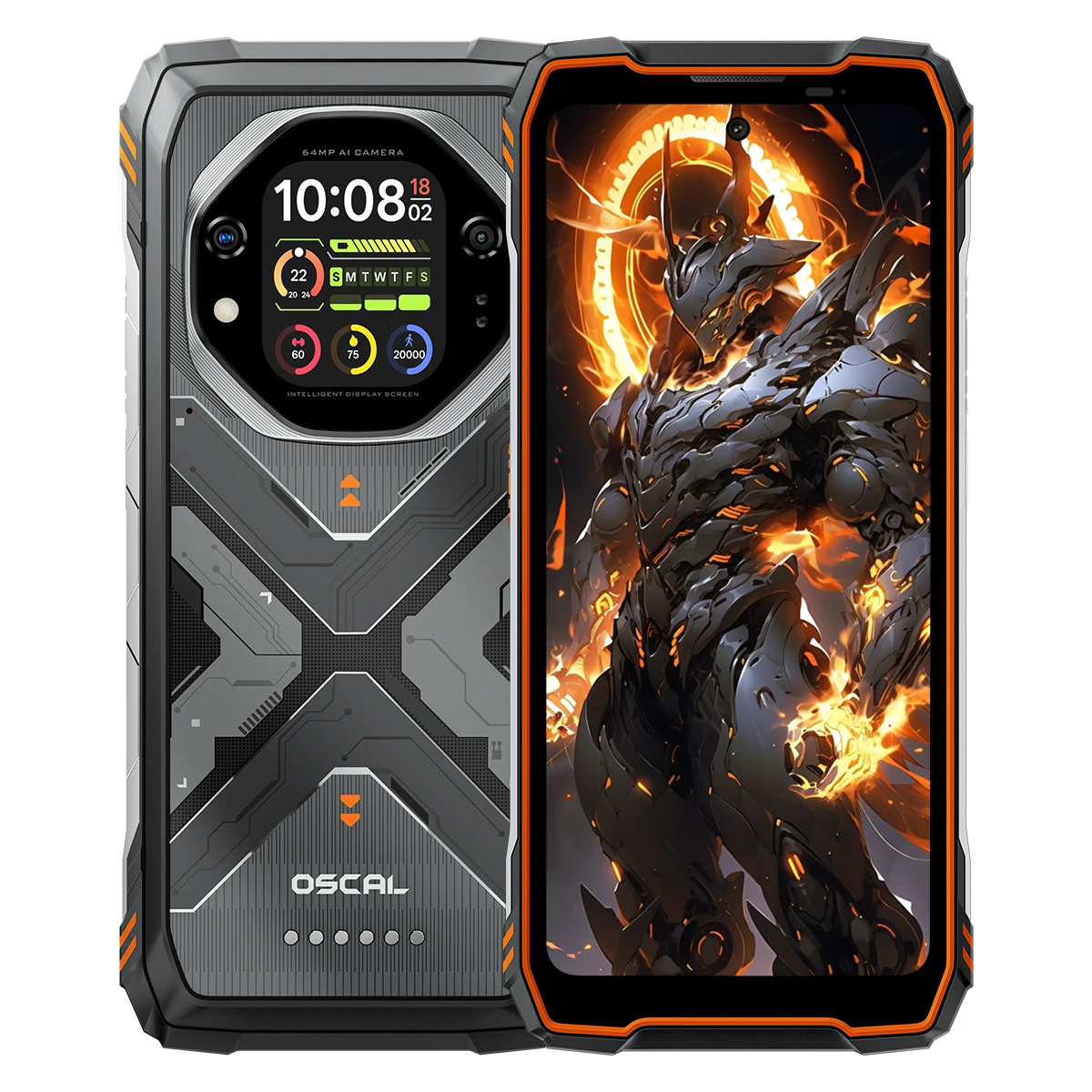
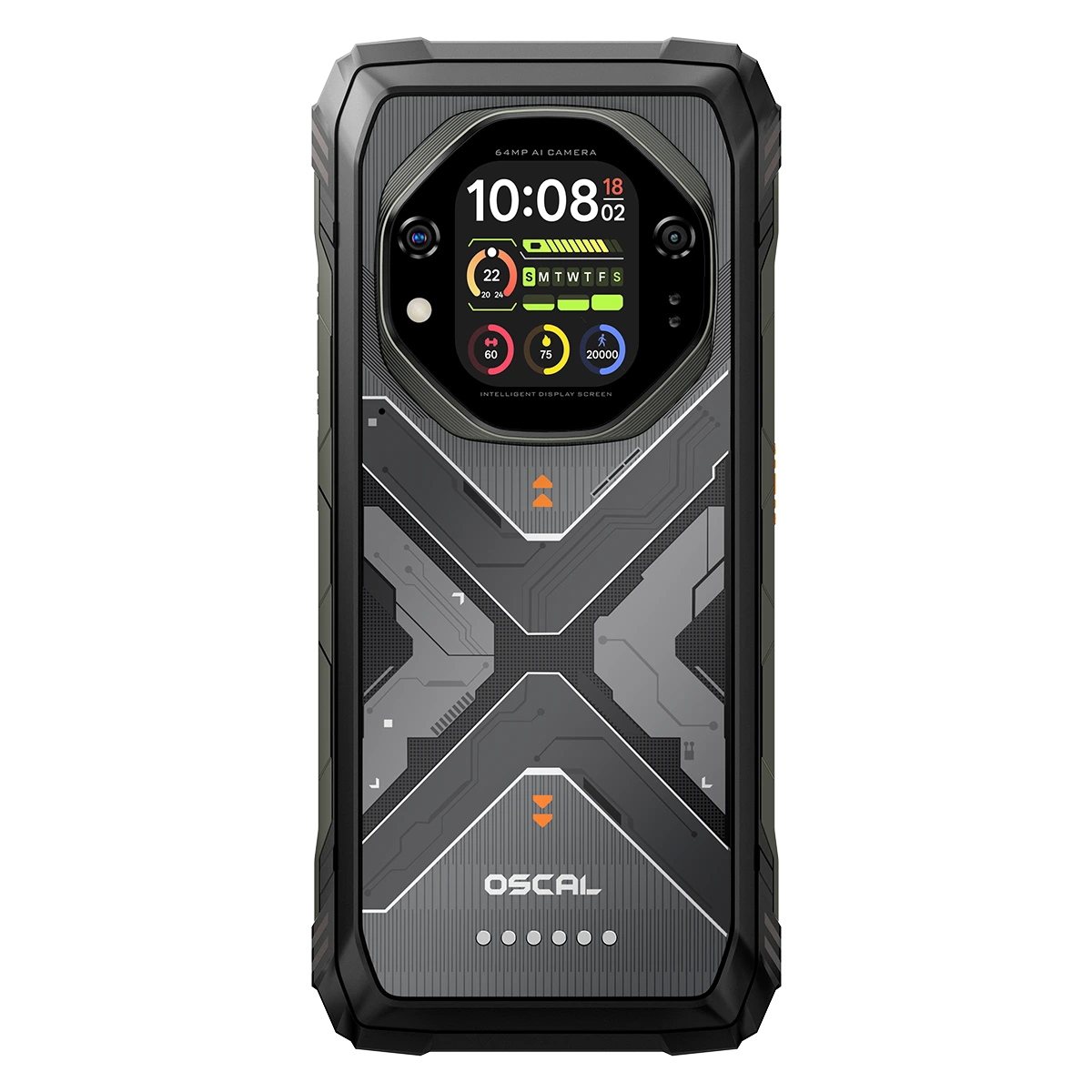

























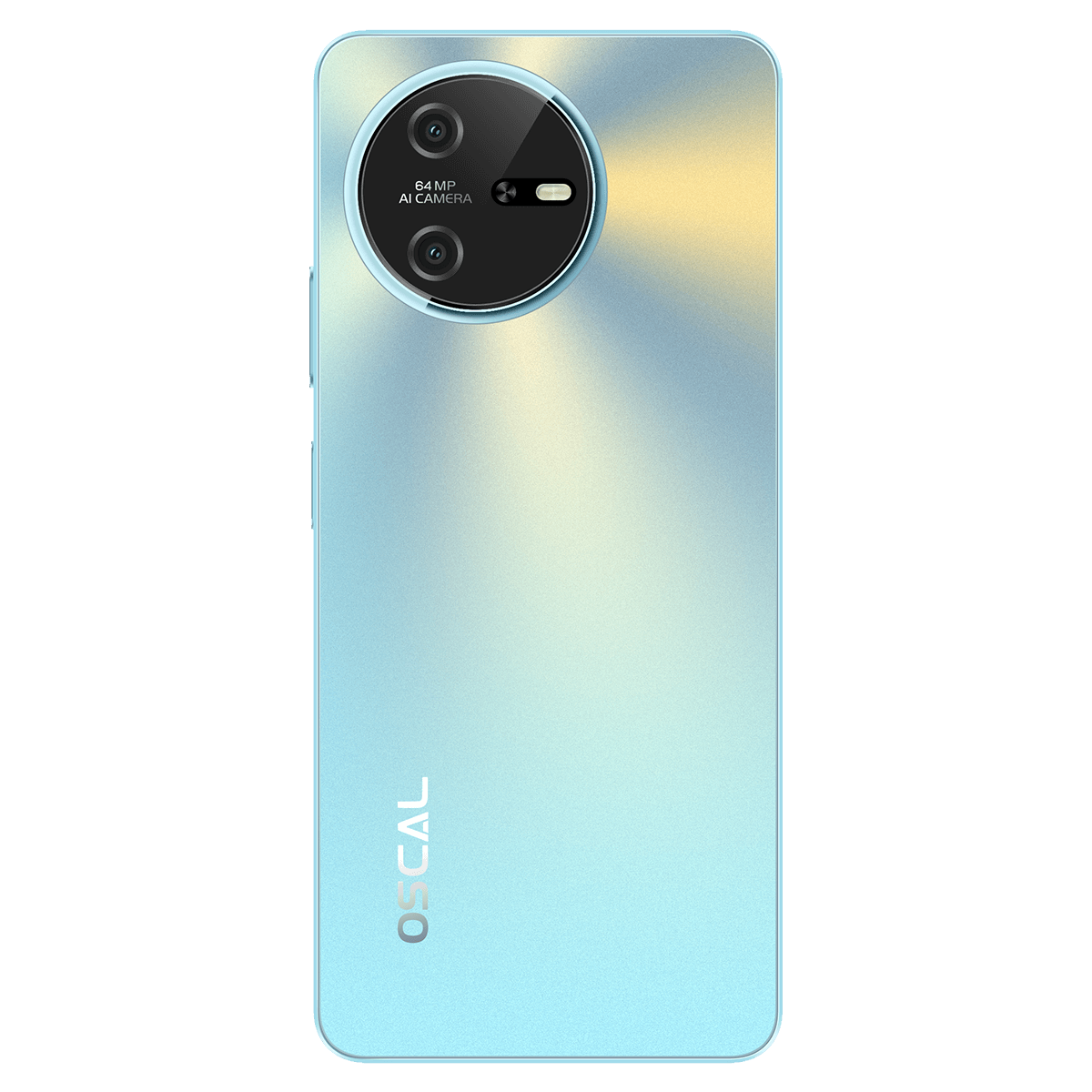
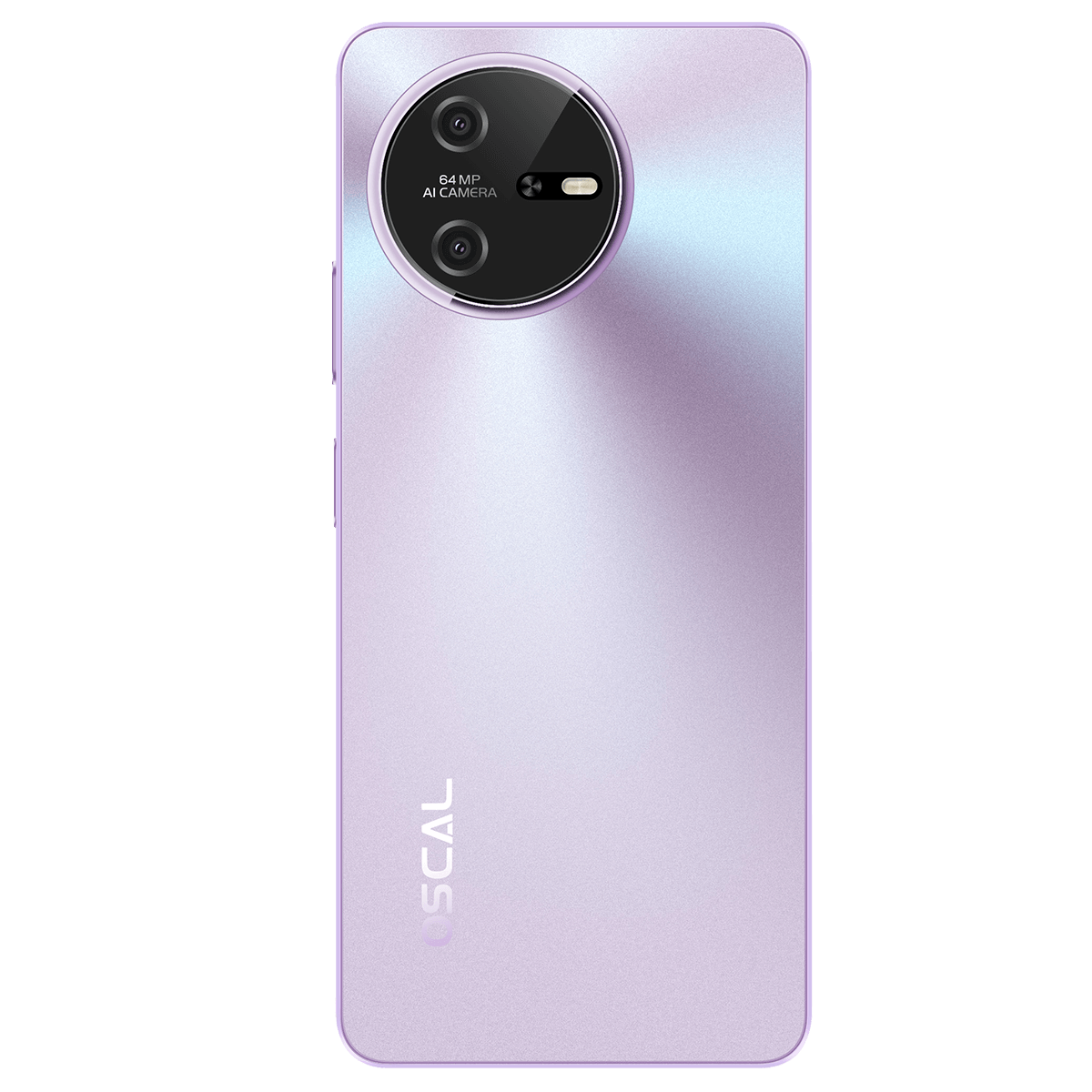









































































 (1)-20251204034946188.jpg)




